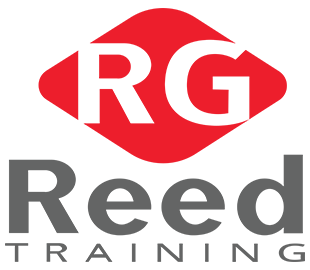Safeguarding
Learning outcomes
Safeguarding Adults at Risk:
The areas covered by this training:
- Understanding what is meant by the term ‘vulnerable adult’
- Knowing the forms abuse may take
- Recognising signs and symptoms
- Knowing what to do and what not to do
- Responding, Reporting and Referring
Safeguarding Children and Young People:
The areas covered by this training:
Child maltreatment in its different forms (physical, emotional, sexual abuse, neglect) including child trafficking and FGM
The relevance of parental, family and carer factors such as domestic abuse, mental and physical ill-health, substance, and alcohol misuse
What to do if there are concerns about child maltreatment, including local policies and procedures around who to contact, where to obtain further advice and support, and have awareness of the referral process
The importance of sharing information (including the consequences of failing to do so)
What to do if concerns are not being taken seriously or any other barriers to referring a child/family
Risks associated with the internet and online social networking
What the term ‘Looked after child’ means
Ability to recognise possible signs of child maltreatment relating to the healthcare workers role
Ability to seek appropriate advice and report concerns, and feel confident that concerns have been listened to
Gillick Competencies
